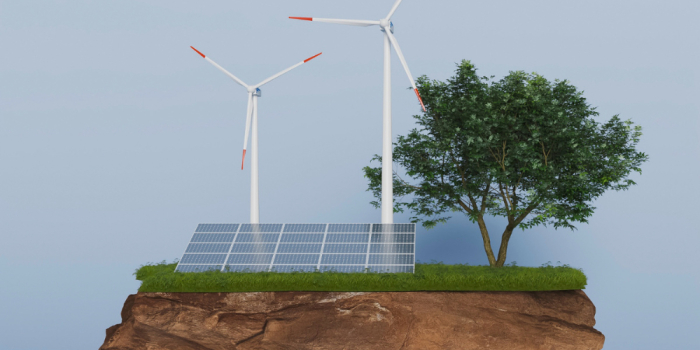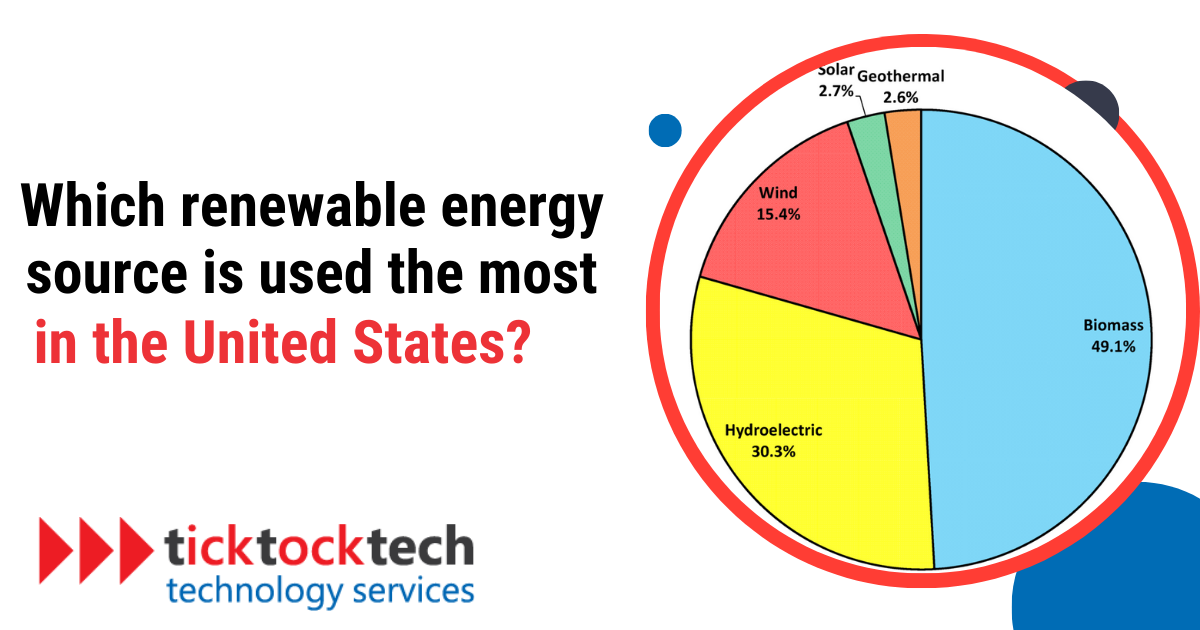Have you ever wondered which renewable energy source is used the most in the United States? Well, you’re about to find out.
What Is Renewable Energy?
Before we dive into the most used renewable energy source in the United States, let’s first understand what renewable energy is.
Renewable energy comes from endless natural supplies. These include the sun and wind, which are always available. Unlike fossil fuels, which take millions of years to form, renewable energy is readily available.
Fossil fuels, such as coal, oil, and gas, emit harmful greenhouse gases, like carbon dioxide, when burned for energy. This is a major contributor to climate change. Switching to renewable energy sources significantly reduces emissions.
The transition from fossil fuels to renewable energy is essential. By utilizing renewable energy, we can reduce our reliance on finite resources and minimize the negative impact on the environment. This shift is vital for a sustainable future.
Renewable energy is not only beneficial for the environment, but it also creates jobs and stimulates local economies. Investing in renewable energy sources promotes energy independence and enhances energy security.
How Does Renewable Energy Work?

Renewable energy operates by using nature’s power without depleting it. Here’s how it works in detail:
Solar energy transforms sunlight into electricity. Solar panels, filled with photovoltaic cells, capture sunlight and convert it into power. When sunlight hits these cells, they generate an electric charge. Then, the charge is converted into usable electricity to power homes and businesses.
Wind energy captures the air’s natural movement. The wind turns the blades of a turbine, and this motion spins a generator to create electricity. The stronger the wind, the more power produced.
Hydropower uses water to generate energy. Water released from dams flows through turbines, spinning them, which activates a generator to produce electricity. The energy generated depends on the water’s flow rate and the height from which it falls.
Geothermal energy comes from the Earth’s heat. We tap into underground reservoirs of steam and hot water to generate electricity or to heat and cool buildings directly.
Biomass energy derives from organic materials. Plants, wood, and waste are burned or biochemically converted to create energy. This process releases the energy stored during photosynthesis as heat, which can be used to produce electricity.
All these methods share a common goal: to provide sustainable and clean energy that reduces our reliance on fossil fuels and minimizes our carbon footprint.
Renewable Energy in the United States
Renewable energy is a growing force in the United States, generating over 20% of the country’s electricity. The share of renewable energy in total electricity production is increasing, with solar and wind energy expected to experience significant growth in the coming years.
In 2022, renewable energy surpassed coal as a source of electricity in the United States, marking a significant milestone in the country’s energy transition. Solar energy is expected to increase by 75% and wind energy by 11% between 2022 and 2025, further solidifying renewable energy’s role in the country’s energy mix.
The United States is rich in renewable energy resources, capable of producing over 100 times the electricity its residents consume annually. This abundance of resources provides a strong foundation for the continued growth of renewable energy in the United States.
Common Sources of Renewable Energy in the United States
Renewable energy plays a vital role in the growth of the United States, with significant progress in utilizing natural resources for power.
In the USA, there are five main sources of renewable energy:
1. Wind Energy
As the leading renewable energy form, wind power significantly contributes to the U.S.’s renewable electricity output. By the close of 2020, it generated around 338 billion kilowatt-hours (kWh), lighting up millions of homes across the nation.
2. Solar Energy
Solar power has seen rapid expansion, with its capacity seeing notable progress in recent years. In 2020, it produced about 91 billion kWh, enough for millions of U.S. households.
3. Geothermal Energy
Geothermal power, though smaller in scale next to wind and solar, provides consistent, dependable energy by leveraging the Earth’s heat. The United States, with its abundant geothermal resources, has the potential to increase its geothermal energy production in the future.
4. Hydro Energy
Hydroelectric power generates around 291 billion kilowatt-hours of electricity, playing a vital role in the U.S. energy stats. However, its expansion may not be promising due to environmental concerns and the scarcity of new dam sites.
5. Biomass
Biomass energy, derived from organic materials, holds a niche yet vital position. It offers a way to convert agricultural waste, wood, and even trash into energy, contributing to both waste reduction and energy production.
Benefits of Renewable Energy in the United States

Renewable energy offers several benefits that go beyond just providing clean power. These advantages include:
Environmental Benefits
Renewable energy significantly reduces greenhouse gas emissions and air pollutants, helping to combat climate change and improve air quality. Unlike fossil fuels, renewables like wind, solar, and hydropower generate energy with minimal water usage, protecting our water resources. Additionally, they have a smaller ecological footprint, preserving natural habitats from the degradation associated with extracting and burning fossil fuels.
Economic Benefits
The economic incentives for renewable energy are compelling. The sector creates numerous job opportunities, from producing technology like solar panels to maintaining wind farms. This growth drives innovation, making renewable energy more efficient and affordable. As the cost of renewable technologies falls, they become increasingly competitive with traditional energy sources, leading to lower energy costs for consumers.
Health Benefits
Renewable energy also offers significant health benefits. By emitting fewer pollutants, renewables contribute to cleaner air, reducing the incidence of respiratory and cardiovascular diseases. Moreover, the renewable energy industry is generally safer for workers, with lower risks of accidents and exposure to harmful substances compared to the fossil fuel sector.

